Difference between UAT and usability testing?
User acceptance testing and usability testing are two easy confusing concepts. But overall, they go from a different perspective…
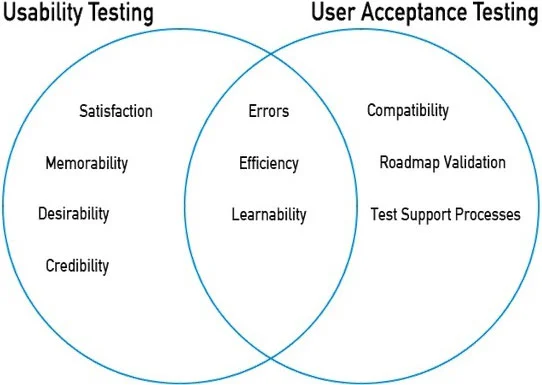
User acceptance testing and usability testing are two easy confusing concepts. But overall, they go from a different perspective…

Agile Scrum is a practice that helps continuous iteration of development and testing in the software development process. Unlike the Waterfall model, some features of Agile Scrum helps to solve the problems that traditional software development models cannot conquered….
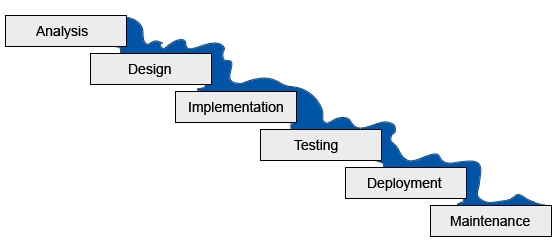
The waterfall model is the earliest SDLC approach that was used for software development. It divide the whole process of software development into separate phases. The outcome of one phase acts as the input for the next phase sequentially…
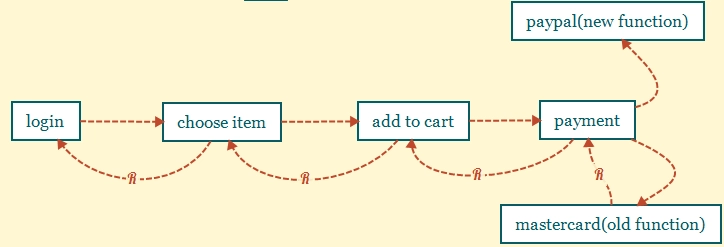
Regression testing will be performed after functional modification or bug is fixed. These two activities may damage at a different extent to other functions that are related to the function need to be modified or repaired…

Alpha testing is performed in the controlled developing environment by real users but not internal developers or testers. It is often going after finishing a module or the whole system.
Beta testing is performed in the uncontrolled external environment by real users. It is often going after the stable version of …
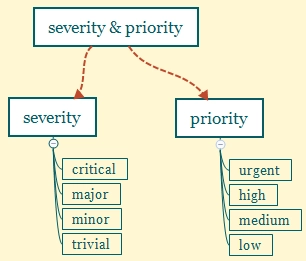
Severity indicates the degree of damage defects impact to quality.Priority indicates the order to fix defects.
Severity and priority as two crucial aspects to defects; have some distinctions and connections.
In general, high severity often with high priority, but that is not exactly one-to-one correspondence…
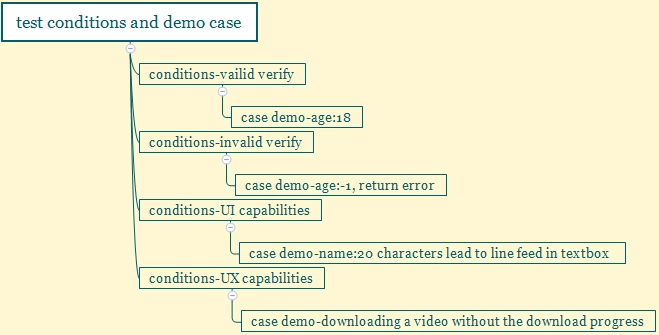
As is shown below, generally including 4 classes of test conditions to expend test cases.
They are: valid verification, invalid verification, user interface capabilities, user experience capabilities…

Defects related activities mainly includes: select defect tracking tool, log defects, track and close defects, retrospect defect report…
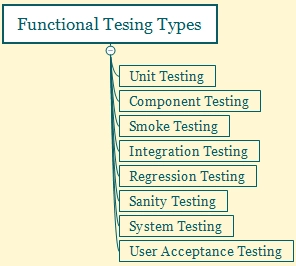
The functional test is from various aspects to measure whether the software is ready to deliver to the business world…
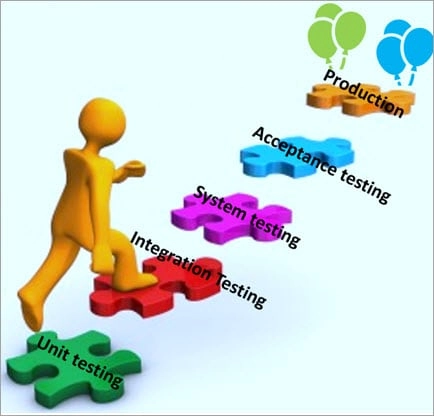
The software will experience unit testing, integration testing, system testing, acceptance testing to be delivered to the real-world. What’s the difference between integration testing, system testing, and end-to-end testing?
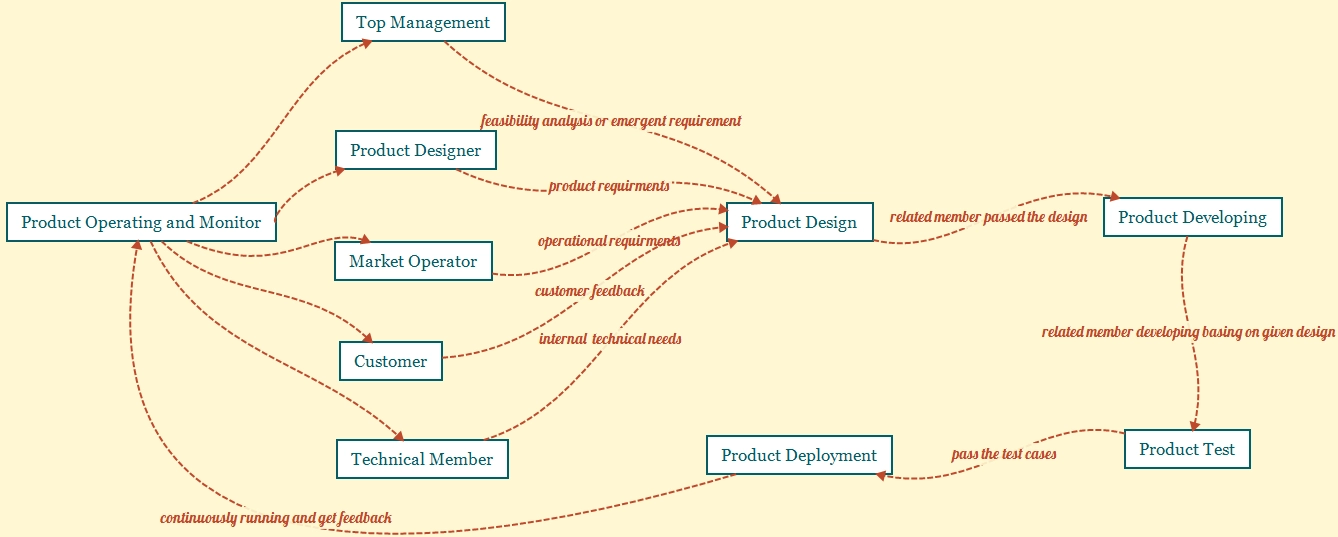
A software normally get developed by business requirement collection, product design, product developing, product test, product deployment, product operating and monitor…

Clients -> CDN -> Nginx -> Static Date or Dynamic Data or Cache -> SQL Database or NoSQL Database…
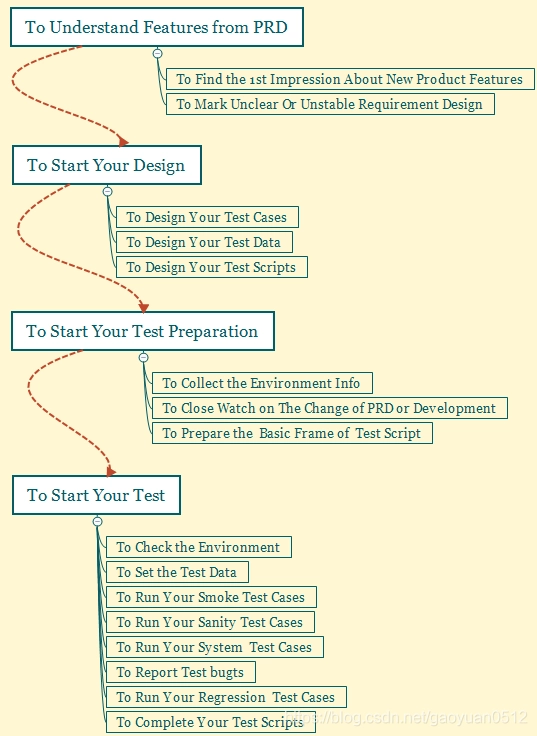
As is shown below, when a new requirement coming, Normally we will do a static check, test design, test preparation, then start a series of checks and test activities…
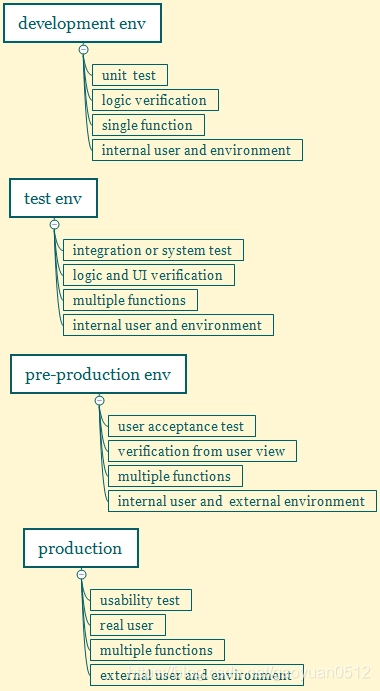
The differences are shown below, normally will have development, test, pre-production, and production environment for delivering software…
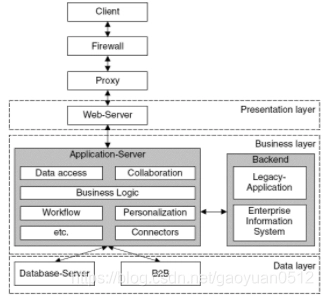
As is shown below, a typical 3-tiers software application includes a presentation layer, business layer, and data layer…
The Software Development Life Cycle (SDLC) refers to a methodology with clearly defined processes for creating high-quality software. in detail, the SDLC methodology focuses on the following phases of software development…
Software Testing Life Cycle (STLC) refers to a testing process which has specific steps to be executed in a definite sequence to ensure that the quality goals have been met. In the STLC process, each activity is carried out in a planned and systematic way. Each phase has different goals and deliverables. the STLC …
The typical classification of environment for IT products is as below. Separate environments will make sure different roles using their own environment. To focus on different test purposes.
Also, will do their test work parallelly, improve efficiency, reduce disturbance from each other…